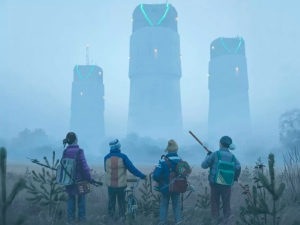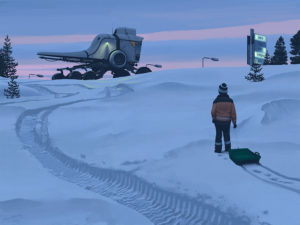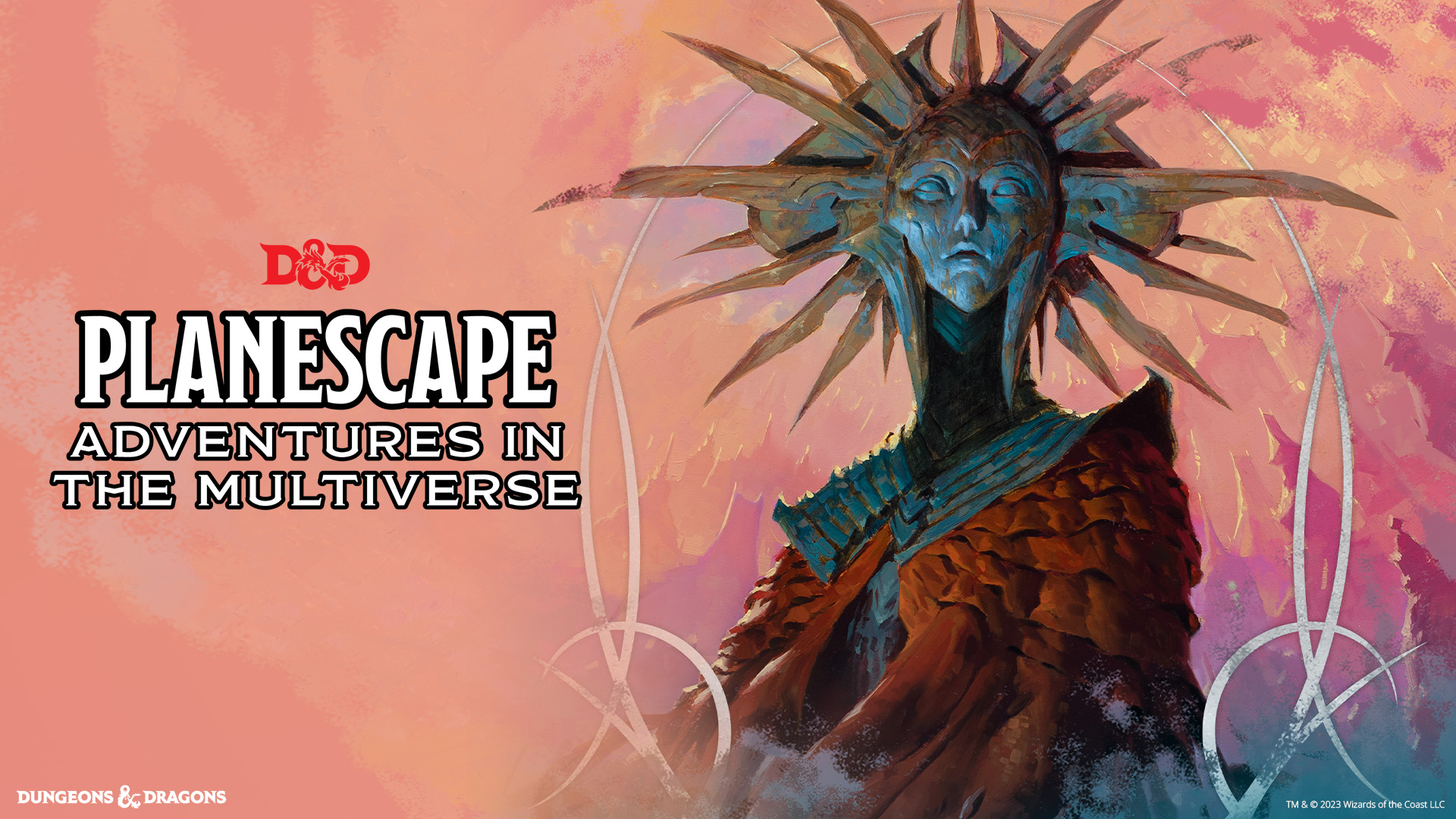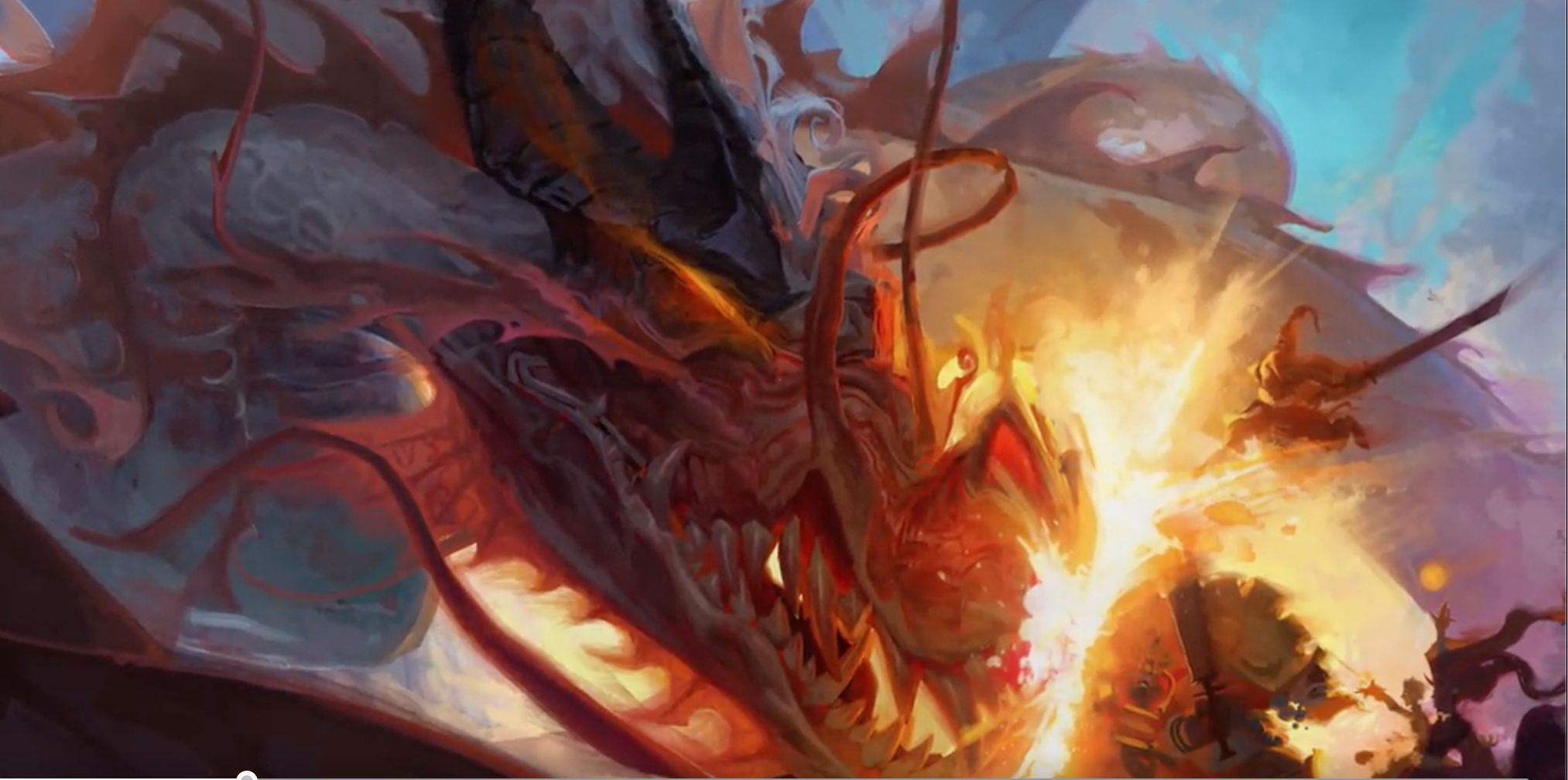A while back, Tales From The Loop became both a TV series and an tabletop RPG. Building on the sci-fi 1980s genre, this world is set in Mercer, Ohio, telling the story of those in town who experience strange things due to their closeness to ‘The Loop’, a experimental physics laboratory outside of town.
While Tales From The Loop began as a artbook by Simon Stalenberg, the TV series really built on the art and lore that Simon Stalenberg built. Even further, the TV series helped illustrate some of the most important elements of running a Tales From The Loop game. While every episode ranges in tone and message, it follows a few rules that every GM and player should be aware of before starting their first game.
*SPOILER WARNING*: This article contains minor spoilers for the Tales From The Loop TV series.
Embracing The Strange
Strangeness is pivotal to Tales From The Loop. Everything should be familiar but just slightly off. The uncanny is your ally when running this kind of game.
If the TV series taught us anything when running a game, it’s to lean into the weird. The world should always seem just slightly off. People smile a bit too brightly. When the players encounter the sci-fi side of the story, make the effects weird. Some can be straight forward, but others can be surreal and strange beyond words. Go for both ends of the spectrum for maximum effect.
Simple But Effective
Unlike some sci-fi works, Tales From The Loop doesn’t drown you in hard science or complex reality theory. That is never the point (unless you would like to make it so). The important element of the world has been the story and how life responds around the Loop.
For this reason, the sci-fi encounters the characters face in the TV series are relatively simple. Whether it is a time warp or a thermos that allows you to stop time, the characters are never facing anything exceedingly complicated. It isn’t necessary to understand the intricacies of string theory or quantum mechanics to solve puzzles. Some things in the Loop are just strange.
Therefore, don’t feel that you need to make your Tales From The Loop game heavily based in complex science. If you want to build a game around the implications of string theory on the multiverse concept, sure, go for it. However, it isn’t necessary. Science in this world works closer to a soft magic system in a fantasy world. So go nuts with all your crazy sci-fi ideas – don’t hold back.
Growing Up
The most important part of Tales From The Loop is the focus on young perspectives of the world. Adults don’t understand, and they never will. Something is off and it’s up to us to fix it.
There are a lot of themes you could go into here. The TV series looked at the themes of loss, death, and responsibility. However, no matter what theme you want to focus on, it should revolve around one key element – it should be about growing up. How does the story you want to tell inform the characters about what life is? What is life like? How you create the story around that will dictate the characters perspective on the world, both now, and for the rest of their lives.
The growing up theme is not exclusive the the children of the world, however. The adults have some growing up to do too, more than likely because of the intervention of the kid players.
Everyone is learning and growing – that is Tales From The Loop.
Get all your board game news from The Bag of Loot! www.thebagofloot.com
Get all your RPG needs from Three Kings Loot! www.threekingsloot.com







